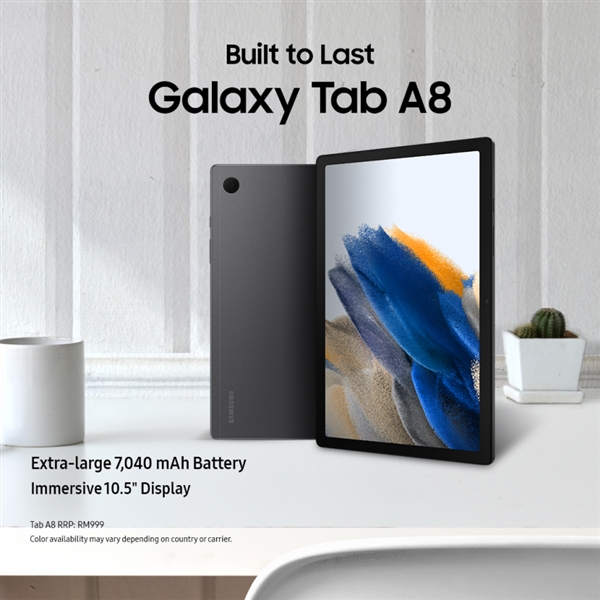

Ng Kong Boon, Country Manager for Visa Malaysia highlights how digital commerce experiences will evolve for consumers and businesses this year and beyond
The digital commerce space is expected to be a USD 2 Trillion industry in Asia Pacific by 2025. With that, Visa sees six key trends leading to that next horizon.
The world as a marketplace
Long gone are the days of waiting until the weekend to go to the mall. Consumers now expect shopping touchpoints that are embedded surrounding the convenience of their social lives. For example, live-streaming on social networks where shoppers can interact with influencers and buy in real-time. As digital touchpoints continue to expand and blend across all aspects of life, in the future we imagine that buying will happen independently from a store, and our entire world will become a marketplace. This means you’ll be able to make purchases wherever is convenient on the channel you prefer, instead of monitoring for an item to be in stock or having to wait a long time for delivery. Since the pandemic, Malaysia has seen over three million new digital consumers with 94% of pandemic consumers using digital services and 98% intending to continue being digital consumers in a post-COVID world.
Downloadable shoes and the new digital goods
As shoppers spend more time online, the new digital buying experiences and digital-only goods are emerging. It isn’t just the channels we buy from that will keep shifting into the digital space, but the very goods we buy may only exist in the digital world. Products increasingly come with unique digital-only attributes, encouraging new forms of digital immersion and interaction with its customers. We’re seeing this come to life through the likes of augmented reality try-on for cosmetics and downloadable virtual clothing and shoes. With that, Visa expects more businesses will experiment with digital-only products to break into new segments and meet consumers demands on the channels where they’re already spending their time.
Enter the metaverse
The question in fact is where will consumers wear their downloadable shoes? Digital-only goods will be a core part of the metaverse – an immersive, embedded virtual environment powered entirely digitally. In the metaverse, you could own NFTs, or non-fungible tokens, for digital assets like art, collectables, and gaming items, and be able to easily sell them to other users on a blockchain sphere. The metaverse could be the next place businesses look to open a new location.
Businesses: the time to digitise is now
While businesses continue to digitise their operations, there’s still a disconnect between their front and back offices. Customer-facing touchpoints tend to be the first to receive a digital makeover as they have the largest perceived impact. However, by not digitising back-office infrastructure, businesses are causing a break in the chain. For Malaysia, 98.5% of the 920,624 small and medium enterprises, many are lagging in the adoption of digitalisation according to the World Bank Malaysia. Now is the time for businesses to go all the way digital.
Glocalisation of commerce
Snarls in the global supply chain have forced businesses to find new contingencies, and quickly. It’s clear that supply chains of the future must be diversified across global and local channels to withstand breakdowns. Businesses will source partners across different geographies to grow a diversified network that can easily pivot if disrupted.
New access to credit and working capital
For businesses and consumers alike, access to credit is evolving thanks to data. In many places, credit underwriting is still done in an archaic way that excludes large groups whose lives and careers don’t align with the traditional markets for establishing credit. But there is now an abundance of data available as a result of more aspects of life and business being digitised. Information like inventory turnover, net cash flow or purchase orders, can be data points used by businesses to access new capital.











